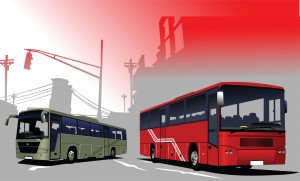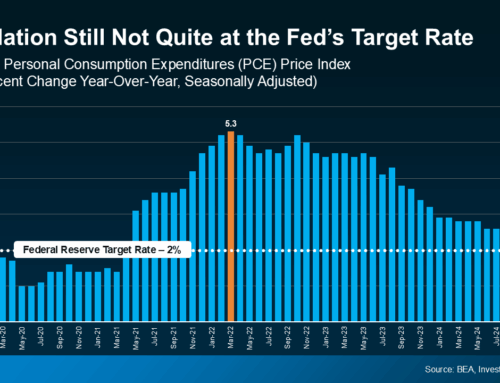Steve Hoffacker's Sales Quips: Mass Transit Does Not Serve The Masses
Can You Bus the Masses?
Yesterday, I wrote a post about the use of mass transit – buses specifically – and how the the Senate Banking Committee is being pressured to continue funding buses. The argument is that reducing funding would be detrimental to the national economy. The major impact would be on the the reduction in demand for the manufacture and sale of new buses.
I received a lot of great comments from yesterday’s post so I thought I would elaborate on the issue today.
Many people over the years have espoused bus transportation as the solution to air polution, vehicle trips, crowded streets, and many other issues.
However, buses cannot work as they are envisioned – just as most commuter trains cannot.
Say I live 8 miles from the Courthouse and I have a 9:00 appointment. The bus that serves my neighborhood comes at 7:30. The next bus comes at 8:30 but doesn’t get me there in time. So I to leave home nearly 2 hours before my appointment to use the bus. If I drove, I could leave 30-45 minutes before the meeting, depending on traffic.
Then, I need to return home or back to my office after an hour or two. I likely will have to wait for the next scheduled bus and could use up to another 90 minutes before arriving back at my local bus stop. Thus a one-two hour meeting could take nearly 6 hours counting bus travel. Not an efficient way to use one’s day.
If I have more than one stop in a day – which many of us do – buses don’t work because they either don’t go where we are going or don’t go when we need to be there. Then there’s always the issue of getting back again.
Making sales calls or showing homes obviously cannot be done by bus.
Since buses have such limited practical application – essentially taking people from outlying areas to the downtown in the morning and returning them at night – few cities and towns can take full advantage of buses unless nearly everyone works downtown and stays there all day.
Buses were a grand experiment that carried over from the streetcar days. They just haven’t worked and really can’t work outside the urban core. The ridership isn’t there, the routes can’t be there economically, and the schedules can’t be there due to manpower and vehicles.
Privatizing buses by useing mini-buses and vans might work on limited routes on a park and ride basis, but even that is doubtful because people will want to go when and where the buses don’t.
───
For more information on my coaching and educational programs and services, visit my website stevehoffacker.com, or go to my other bloghomesalesinsights.com for additional sales tips, insights, and commentary. Listen to my free podcast messages at Steve Hoffacker’s Happenings.
Steve Hoffacker – Consultant, Coach, Author, Blogger, Photographer, Motivator, Teacher, & Strategist – for Realtors, Real Estate Sales Professionals, Home Builders, New Home Salespeople, Entrepreneurs, Small Business Owners, and Independent Sales Representatives.
© Steve Hoffacker, 2011. All Rights Reserved.
I know Steve by way of a site where we share our blogging platforms. But this is probably the most common sense explanation of the use of buses or lack thereof I have ever read. Thanks Steve!













